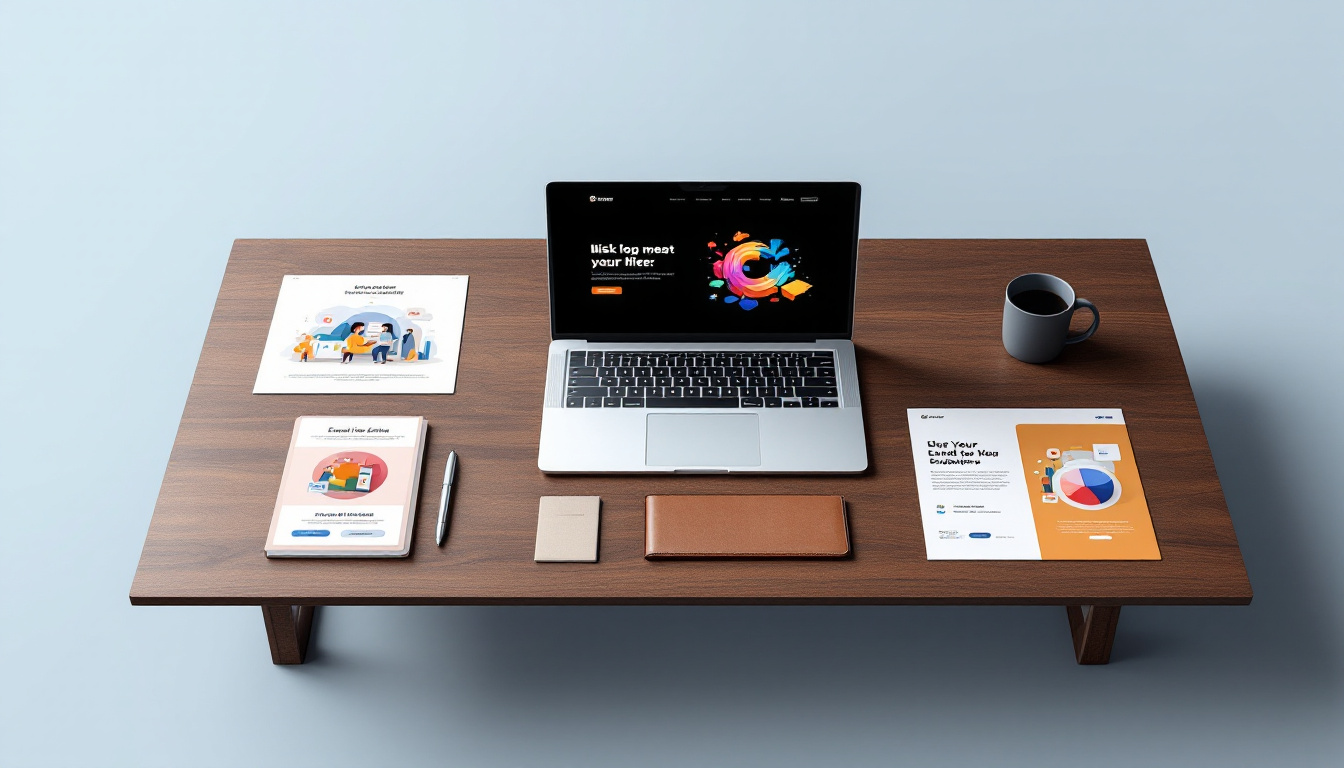Mastering Sales Follow-Up: How to Turn a Rejection into an Opportunity
In a constantly evolving sales environment, following up after an initial rejection remains one of the most powerful levers for building customer trust and optimizing sales strategies. In 2025, where competition is fiercer than ever, it becomes crucial to adopt suitable email templates for an effective follow-up. Following up doesn’t mean insisting, but rather repositioning the offer, adjusting the message, and demonstrating real added value. The key lies in fine-tuned communication, listening to needs, and using modern tools such as digital marketing and automation. A well-thought-out sales follow-up can turn a rejection into a new business opportunity, thus strengthening the relationship and building trust with the prospect.
The Fundamentals of an Effective Follow-Up Email After an Initial Rejection
To maximize the impact of a sales follow-up, certain fundamentals must be respected. Personalization is essential: using the first name and mentioning a specific point from the previous conversation or proposal helps capture attention. Next, it’s important to subtly reiterate the context, avoiding any pressure. Clarity in the message, combined with a concrete value proposition, makes it easier to win back the prospect. Statistics from 2025 indicate that 65% of negotiations are successful when a specific follow-up is made within 48 hours of an initial rejection. Finally, a discreet but compelling call to action resonates as a bridge to a more in-depth conversation.
| Key elements of a successful follow-up email | Objectives |
|---|---|
| Personalization | Create a close bond with the prospect |
| Reminder of the context | Recontextualize the proposal without insisting |
| Value proposition | Highlight a relevant solution or innovation |
| Call to action | Encourage a response or appointment |
Email templates for following up on a proposal after an initial rejection: concrete examples
Scenario 1: Follow-up following an unanswered proposal
When you’ve sent a commercial offer and haven’t received a response, it’s strategic to follow up gently. The goal? Reiterate the value of your proposal while remaining respectful of the decision deadline. For example, you can mention that you remain available for any questions or adjustments, without being insistent. A relevant message could be: This follow-up email template for an unanswered proposal guides you in writing this follow-up. Reiterate the initial offer
- Emphasize the benefits or new features
- Propose a meeting or discussion
- Don’t insist if the prospect doesn’t respond
- Scenario 2: Follow-up after a demonstration or discovery call
After conducting a demo, it’s essential to follow up to clarify any remaining points or simply thank them for the discussion. This often helps turn curiosity into concrete action. The tone should be cordial, personalized, and focused on support. Discover how to do this effectively with
this example of a follow-up for an after-sales service or demo. Thank them for their timeReiterate the key points discussed
- Propose a meeting to discuss further
- Adopt a positive and open tone
- Scenario 3: Follow-up with a prospect who asked to “come back later”
- It’s common for some prospects to offer to come back later, a sign that they remain interested but are not yet ready to commit. The follow-up here should be discreet and strategic, reiterating your availability. A typical sentence could be:
This template for following up after an agreed deadline
This type of approach demonstrates your professionalism and respect for the prospect’s pace. Recall the previous conversationExpress your availability
- Suggest a next step
- Don’t force it, let the prospect decide
- Checklist for designing an optimized sales follow-up email
- Essential steps
Key actions
| Preliminary analysis | Study the prospect’s profile, communication history, and possible previous reactions |
|---|---|
| Personalization | Use dynamic variables such as name, industry, and last interaction |
| Choosing the timing | Send the follow-up at a strategic time (approximately 48 hours or depending on the interest expressed) |
| Writing the message | Create clear, short, value-oriented content with a specific call to action |
| Follow-up and adjustment | Analyze opening and click statistics and adapt the message if necessary |
| Essential tools for effective sales follow-up in 2025 | To automate and optimize follow-ups, the use of modern tools is becoming essential. CRMs like HubSpot and Pipedrive have established themselves as the benchmark for segmenting, tracking, and analyzing each interaction. By 2025, they will incorporate advanced artificial intelligence features, allowing you to determine the best time to follow up, or to adapt the tone and content based on the prospect’s profile. |
Automatic segmentation of contacts based on their behavior
Sending personalized emails in automated sequences
- Precise tracking of open and response rates
- Engagement analysis to adjust strategy
- Integration with digital marketing tools to build customer trust
- Content and templates for effective communication after an initial rejection
- Well-calibrated communication after a rejection relies on flexible email templates that can be adapted to each situation. The structure must include a relevant hook, precise context, a value-added proposition, and a clear call to action. These templates, like those found here, aim to rekindle the prospect’s interest and strengthen the long-term relationship.
Personalize according to the specific situation
Highlight benefits or developments Propose a new discussion or an additional demonstrationMaintain a positive and respectful tone
- Essential variables for an impactful digital email
- Recipient’s first and last name
- Sector of activity or specific characteristics of the target
- Prior communication history
Last interaction or identified point of interest
- Proposals for a meeting or a new tailored offer
- How to analyze and adjust your follow-up strategies for consistent results
- Analytical monitoring is the key to continually adjusting your sales strategies. Thanks to modern tools in 2025, every step is quantifiable: open rate, clicks, time spent, positive or negative responses. These indicators allow you to quickly evolve communication, identify the most effective email templates, and delete those that lose their effectiveness. Implementing regular A/B tests, based on digital marketing principles, guarantees constant improvement. In essence, a sales follow-up should never remain static: it must adapt to the behavior of each prospect to convert initial rejections into lasting success.
- Key Indicators
- Roles
Open rate
Evaluate the relevance of the subject line and sender
| Click-through rate | Measure interest in the proposed content |
|---|---|
| Time spent on the message | Identify real engagement |
| Conversion rate | Monitor the implementation of the recovery |



